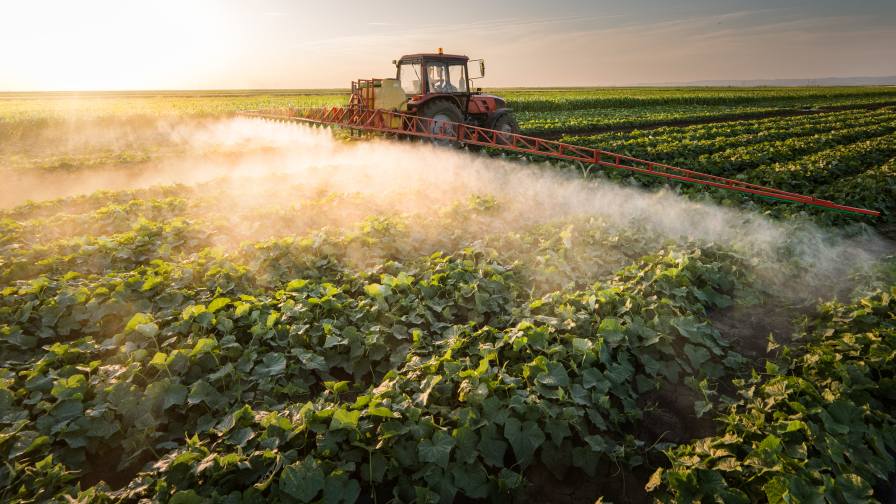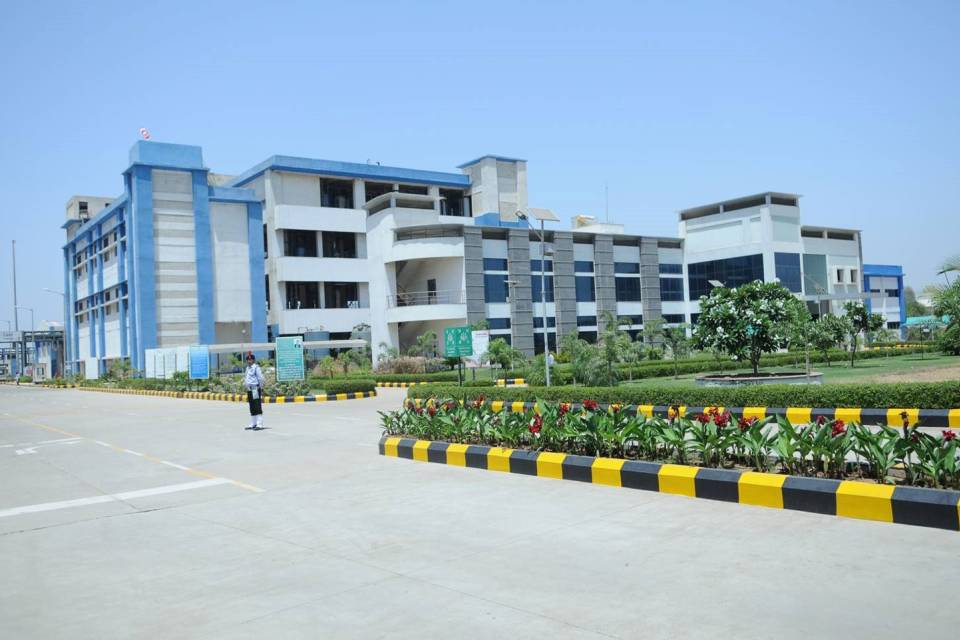Where Are the Greatest Innovations for the Biologicals Market Coming From?
Editor’s note: Each year, 2BMonthly’s State of the Industry feature includes a Q&A with executives from leading biocontrol and biostimulants companies worldwide. The 2024 feature touched on a wide range of prevailing topics including the investment climate for biologicals and the ongoing challenges related to the European regulatory climate. In the excerpt below, experts offered their insight on where they see the industry’s greatest innovations coming from.
Q: Where do see the industry’s greatest innovations coming from? Manufacturing, materials, formulations?
Eda Reinot, CEO, Certis Biologicals: I see the Agri-biologicals industry’s most important innovations coming from the art of biomanufacturing, bio-formulations and inventions in the products delivery / applications mechanisms and methods. These are important enablers for the biological products’ continuous adoption by the growers and B2B in the context of economics and simplicity of use. We at Certis Biologicals are well situated in biomanufacturing, being vertically integrated and having multiple bio-manufacturing facilities in the US and a joint venture partnership internationally.
Karel Bolckmans, Chief Strategy & Transformation Officer, BioFirst: I see the biggest innovations coming from the development of new, cost-effective and highly efficacious biopesticide concepts, such as combinations of different active ingredients.
Innovations in manufacturing and formulation technologies will be crucial for RNAi and peptide based biopesticides. Also manufacturing and packaging technologies for macrobials will continue to evolve as the scale of the industry grows.
Ludwik Pokorny, CEO, Bioline Agrosciences: Equipment for outdoor beneficial insect release, Co-formulants for Microbiocontrol and plant extracts.
Stefan Tresch, Head of AgInnovation & New Business, Global R&D Biologicals, BASF: We operate numerous R&D and production sites for biologicals around the world, apart from our conventional facilities, and we continue to invest in biologicals. Take for example the new fermentation plant that we are building in Ludwigshafen, Germany, which will enable us to take the production of our biological and biotechnology-based crop protection products to a higher level. This new production platform is also relevant for fermentation products that are currently still in our innovation pipeline and is an enabler for technologies we develop in partnership to scale production.
In addition, we rely on an extensive expertise in the areas of agronomy, formulation and regulatory. Those competences help us to bring the next generation of biological crop protection products to market, and help make us the partner of choice for innovators in the field of biologicals. We expect further development of current technologies for example the further development of pheromones into row crop applications, but also new technologies like peptides, or RNA-based products will have a larger impact on how farmers cultivate crops in the future.
Kevin Helash, Chief Executive Officer, Biotalys: From my perspective the greatest innovations will come from a combination of utilization of AI in all aspects of our sector, increased deployment of precision technology in every aspect of crop inputs: water, crop protection application, nutrient application, planting, etc., along with novel modes of action for crop protection being developed through the use of proteins, peptides, and RNA.
Mark Trimmer, President & Founding Partner, DunhamTrimmer: I don’t see innovations coming from any one area, but from multiple areas. We continue to see new products emerging from innovative companies, whether they’re microbials, new methods of developing plant extracts, new manufacturing processes that will reduce cost of goods and give growers access to more products.
I think one of the areas where we will see more innovation is in purifying some of the metabolites coming from microbials and developing products that are based more on those active compounds than on the microbial itself.
We will also see innovation in delivery approaches and mechanisms. For example, there are applications emerging from different companies which allow delivery of multiple microbials simultaneously to the planter box. I anticipate we’ll continue to see a lot of innovative new companies emerging in the market.
I anticipate we’ll continue to see a lot of innovative new companies emerging in the market.
Scott Carter, Vice President, Microbials Business, Phibro: The short answer to that is materials – more specifically, the discovery, scale-up, and bringing to market of new microbial products. This includes new strains with interesting and novel activities, as well as new benefits for producers. That’s where I see some of the greatest innovations coming from: the advent and development of new strains.
View more expert insight on the state of the biologicals industry here.




